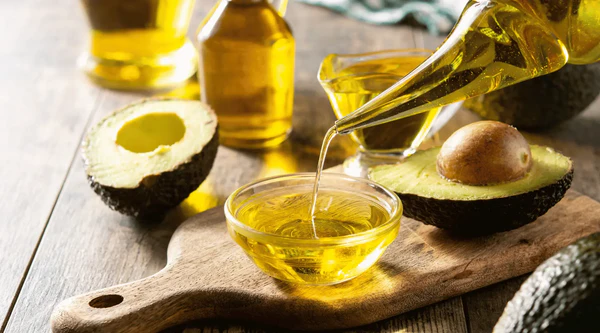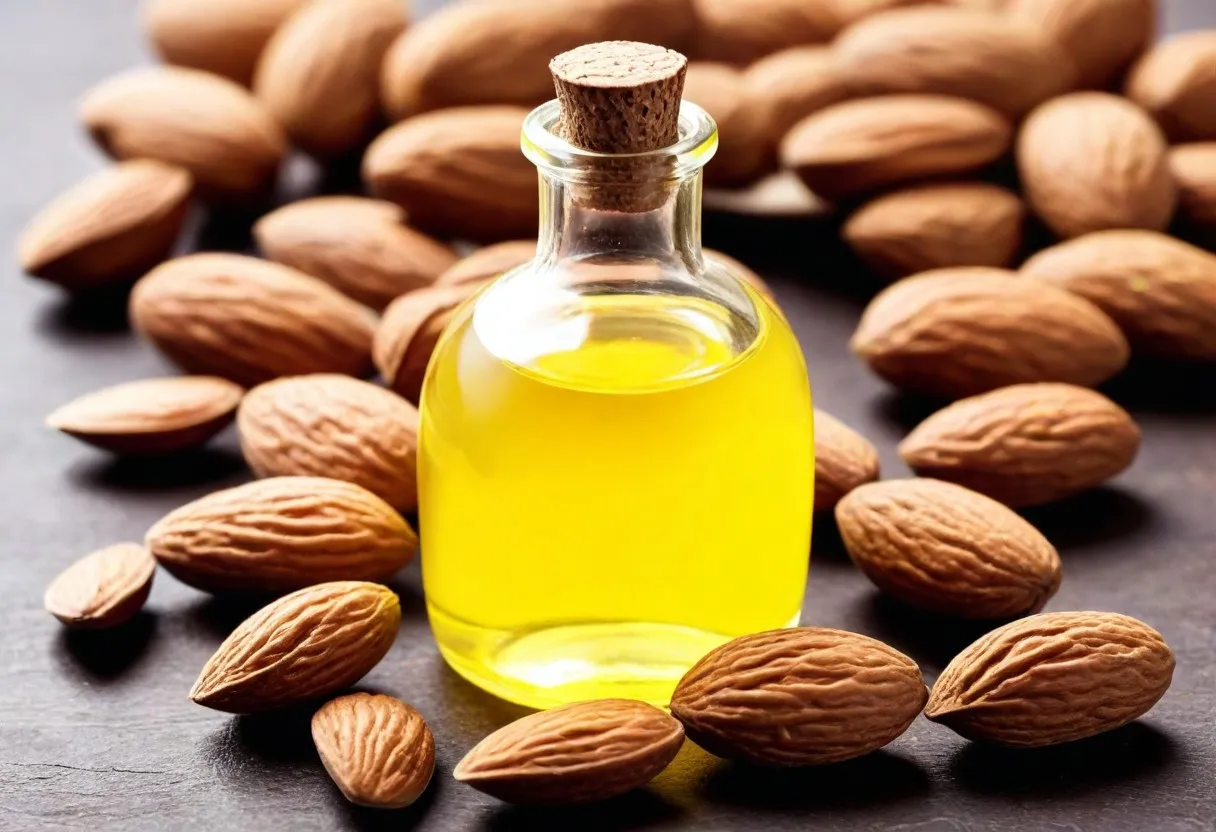Struggling with low porosity hair? Wondering which oils are best for your locks? Look no further! As someone who has dealt with the challenges of low porosity hair, I understand the struggle. But fear not, my research and personal experience have led me to discover the top 5 oils that work wonders for low porosity hair. In this article, we will delve into what exactly low porosity hair is and why it requires a different approach to care. You’ll also learn about the top 5 oils that can help nourish and moisturize your strands, leaving you with healthy, lustrous locks. So if you’re ready to say goodbye to dryness and hello to hydrated tresses, keep reading!
So, What oils are good for low porosity hair?
There are a few oils that work well for low porosity hair, including jojoba oil, argan oil, coconut oil, avocado oil and sweet almond oil. These oils have smaller molecules which can penetrate the tightly packed cuticles of low porosity hair more easily. They also provide nourishment and moisture without weighing down the hair or causing buildup. Additionally, these oils contain essential fatty acids and vitamins that help improve the overall health of low porosity hair. It’s important to note that everyone’s hair is unique, so it may take some experimentation to find the best oil for your specific needs. However, these top 5 picks are a great place to start in your journey towards healthy and hydrated low porosity locks!
Understanding Low Porosity Hair: The Science Behind the Strands
Low porosity hair can be quite a puzzle, but once you understand its unique characteristics, caring for it becomes much easier. This type of hair has tightly packed cuticles that lie flat against the strand. As a result, moisture struggles to penetrate effectively. Think of it like trying to get water through a sponge that’s already been sealed shut; the water just sits on top and takes longer to absorb. Because of this structure, low porosity hair often appears shiny and healthy but may feel dry or brittle if not cared for properly. To nourish these strands, it’s essential to use warm water when washing or conditioning them since heat helps open up those stubborn cuticles.
When styling low porosity hair, certain products work wonders while others can weigh it down unnecessarily. Lightweight oils such as argan or jojoba are fantastic choices because they provide hydration without causing build-up. Additionally, using humectants—ingredients that draw moisture from the air—can greatly benefit your locks by adding softness and flexibility. Always remember: gentleness is key. Avoid heavy creams or waxy products which can leave residue that only exacerbates dryness over time.
By tailoring your routine specifically for low porosity hair, you’ll achieve healthier strands full of life!

Top 5 Oils for Low Porosity Hair: A Detailed Analysis
When it comes to caring for low porosity hair, choosing the right oils can make all the difference. Low porosity hair tends to resist moisture due to its tightly packed cuticles, which makes it a bit more challenging to hydrate. Thankfully, there are specific oils that work wonders in this scenario. For instance, argan oil is rich in fatty acids and vitamins; it helps seal moisture without weighing hair down. Another excellent choice is grapeseed oil, known for its lightweight texture and ability to penetrate the hair shaft easily, providing nourishment without feeling greasy.
Let’s not forget about jojoba oil, which closely resembles our natural scalp oils and effectively softens hair while promoting shine. Additionally, safflower oil shines bright as a fantastic option because of its high oleic acid content, making it superb for hydration purposes. Lastly, we have the lovely sunkissed coconut oil. Though a heavier oil typically used with caution on low porosity strands, when heated or mixed with other lighter oils like argan or grapeseed, it can deeply condition your locks efficiently. By incorporating these nourishing options into your routine thoughtfully—perhaps through hot oil treatments or light sealing techniques—you’ll find that maintaining beautiful low porosity hair becomes much more achievable!
Read also: bone broth for cancer
Application Techniques and Care Tips for Using Oils on Low Porosity Hair
When dealing with low porosity hair, applying oils correctly can make a world of difference. It’s important to remember that this hair type tends to resist moisture and product absorption due to its tightly packed cuticles. To start, choose lightweight oils like argan or jojoba that won’t weigh your strands down. One effective technique is the “warm oil treatment.” Simply heat your chosen oil slightly (but not too hot!) and apply it directly onto damp hair. This helps open up the cuticles, allowing for better penetration of moisture and nutrients. After application, consider using a shower cap or warm towel for about 30 minutes; this creates a cozy environment where your hair can soak in all the goodness.
After you’ve applied oils, caring for low porosity hair involves more than just occasional treatments. It’s crucial to establish a routine that includes regular cleansing with clarifying shampoos or sulfate-free options designed to remove buildup without stripping natural oils. Follow up with deep conditioning—opt for products rich in proteins but avoid heavy creams that could lead to greasiness over time. Also, remember that frequency matters. Applying oils too often can lead to excess residue; aim for once every two weeks unless your hair craves it more frequently!
Care For Your Low Porosity Hair with the Right Oil Choices
Caring for low porosity hair can feel like a bit of a puzzle, but with the right approach, it becomes easier to keep your locks healthy and vibrant. Low porosity hair has tightly packed cuticles that resist moisture absorption, which is why choosing the right oils can make all the difference. Lightweight oils such as argan oil or grapeseed oil are excellent choices since they penetrate the hair shaft more easily than heavier options. These oils not only help seal in moisture but also add shine without weighing down your strands.
When applying these oils, consider using them during a warm shower or steaming session. The heat opens up those stubborn cuticles slightly, allowing better absorption of nutrients. You might even enjoy creating an oil blend tailored to your needs by mixing different lightweight oils along with essential oils like lavender or rosemary for additional benefits. Remember to focus on the ends of your hair where dryness often occurs and avoid overloading at the roots. This thoughtful routine will ensure that your low porosity hair stays hydrated and looks its best! Embrace this journey; beautiful hair awaits you!
